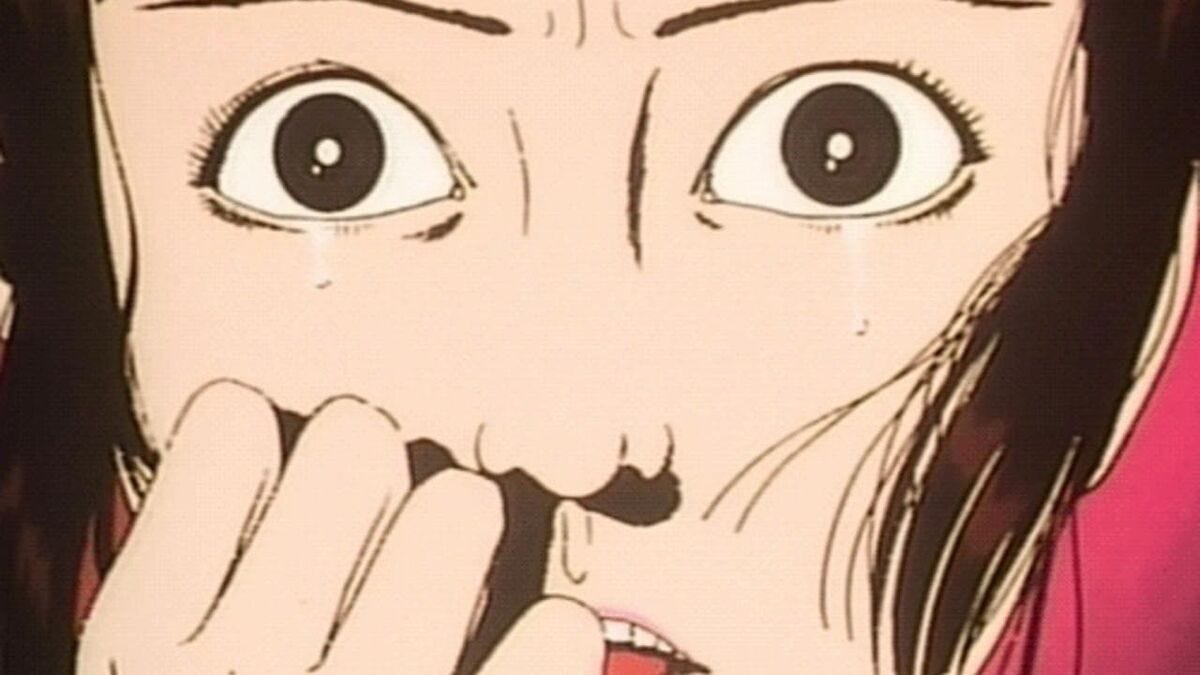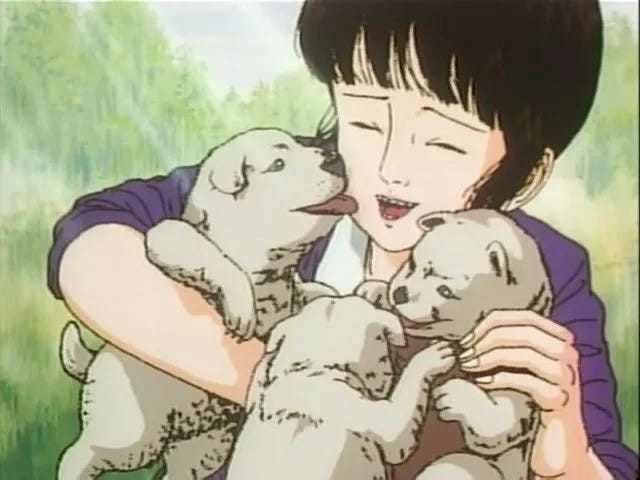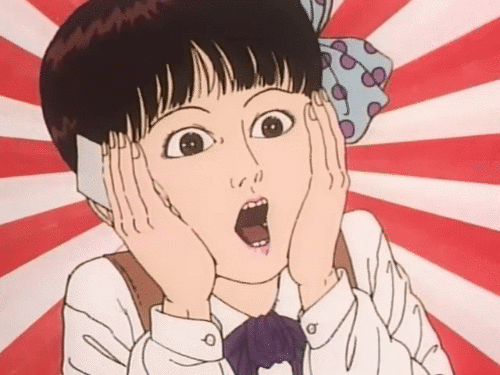Midori is the Most Banned Anime of All Time, and It's Easy to See Why.
Why is the Midori anime banned? Well, imagine some of the worst possible things you can depict on screen, and Midori probably shows it.
Midori: Shōjo Tsubaki, the 1992 anime film directed by Hiroshi Harada, remains one of animation’s most notorious works for its graphic exploration of abuse and horror in a circus freakshow environment.
Here’s the TL;DR...
Midori: Shōjo Tsubaki follows a 12-year-old orphan who joins a traveling freakshow, enduring extreme physical and s*xual abuse from deformed performers in a story blending erotic-grotesque elements.
Directed by Hiroshi Harada, the film was self-financed and animated single-handedly over five years, resulting in a semi-animated style with panned paintings and minimal movement.
Banned in Japan due to its explicit content, including depictions of r*pe, violence, and animal cruelty, the film circulated underground and faced censorship for international release.
Based on Suehiro Maruo’s manga Mr. Arashi’s Amazing Freak Show, it draws from Shōwa-era kamishibai tales and has influenced ero-guro genre works.
A 2016 live-action adaptation toned down some elements but retained the core horror, while recent discussions in listicles and social media highlight its status as a problematic classic.
The film’s legacy lies in its raw portrayal of human depravity, sparking debates on artistic freedom versus content restrictions in animation.
What Is the Plot of Midori: Shōjo Tsubaki Anime?
The story centers on Midori, a 12-year-old girl born into poverty in 1938 Tokyo, who sells camellia flowers to support her ailing mother after her father abandons them. When Midori discovers her mother’s corpse partially eaten by rats, she seeks help from a stranger who leads her to the Red Cat Circus, a freakshow troupe.
There, she becomes a servant, suffering relentless abuse, s*xual assault, and humiliation from the disfigured performers, including a leper, a strongman, a snake charmer, and a hermaphroditic member.
The circus owner turns a blind eye, and Midori’s dreams of escaping to become an actress fade amid the torment. A dwarf magician, Wonder Masamitsu, offers protection but develops a pedophilic obsession, turning their relationship abusive. The tale culminates in tragedy, with hallucinations and violence underscoring themes of isolation and despair.
Why Is Midori Considered One of the Most Disturbing Anime Films?
Midori stands out for its ero-guro style, combining eroticism with grotesque horror, featuring explicit scenes of child abuse, r*pe, animal cruelty, and graphic violence. The film’s unflinching portrayal of Midori’s degradation in the freakshow setting pushes boundaries, drawing from Shōwa-era kamishibai tales but amplifying the depravity. Critics note its surreal, haunting visuals, but the content’s intensity has made it a benchmark for disturbing animation, often compared to works that test viewer limits without restraint.
Its reputation as “the most banned anime” stems from these elements, which exceed even Japan’s tolerant standards for manga adaptations. International audiences frequently cite the film’s emotional weight, leaving lasting unease.
How Did Hiroshi Harada Create the Midori Anime Film?
Hiroshi Harada directed, produced, and animated the film single-handedly under the pseudonym Hisaaki Etsu, self-financing it with his savings after failing to secure studio support. Work spanned five years, resulting in a 47-minute semi-animated piece using panned paintings, cels, music by J. A. Seazer, and voice acting, rather than full animation due to budget constraints.
Harada adapted Suehiro Maruo’s manga with Maruo’s blessing, incorporating historical Shōwa-period photos for authenticity. The 1992 release premiered at an Ikebukuro shrine with live performances mimicking a freakshow, intended as underground events. In 2013, the original 16mm negative resurfaced, leading to remastering efforts by Harada’s company Kiryūkan.
Why Was Midori Banned in Japan and Worldwide?
Japan’s Eirin censor board required a censored version in 1994 for official release, citing graphic violence, s*xual assault, and cruelty that violated standards. Harada designed screenings as limited, underground affairs to evade mainstream scrutiny, but the film’s content led to outright bans in Japan and restrictions abroad. Depictions of child r*pe, abuse, and gore made it unpalatable for distributors, confining it to bootlegs and festivals.
Internationally, countries like the US and Europe limited distribution due to similar concerns over explicit material involving minors. The film’s notoriety as “banned worldwide” stems from these barriers, though Harada refused Japanese home media to maintain its underground status. Censorship debates center on artistic expression versus protection from harmful content.
What Is the Cultural Impact of Midori Anime?
Midori exemplifies the ero-guro genre, influencing international horror and underground animation with its raw depiction of human cruelty. Based on Suehiro Maruo’s acclaimed manga, it reinterprets Shōwa-era kamishibai tales, blending folklore with modern grotesquerie. The film has garnered a cult following for its artistic merit, despite—or because of—its shock value. Internationally, it has been translated and discussed in academic contexts as a study in taboo-breaking storytelling.
Recent listicles on problematic anime and viral social media reels have introduced it to new audiences, sparking debates on censorship and cultural boundaries. Its legacy prompts reflection on animation’s capacity for dark themes.
Is There a Live-Action Adaptation of Midori Anime?
A live-action film, Midori: The Camellia Girl, directed by Torico, premiered in 2016, combining live-action with animation to adapt Maruo’s manga. It tones down some graphic elements for a broader audience while retaining the core horror, set in a retrofuturistic 2032 Shōwa era. The 90-minute film adds an extended ending inspired by the original kamishibai, where Midori briefly achieves fame as an actress before tragedy strikes. Released in Japan with home media in November 2016, it premiered internationally in Germany at the 2017 Japan-Filmfest Hamburg. Limited edition DVDs appeared in Europe in 2020, featuring alternate covers by artists including Maruo. No further adaptations have surfaced as of 2025.
Midori: Shōjo Tsubaki endures as a polarizing piece of animation history, its disturbing narrative challenging viewers and creators alike; as discussions evolve with new media, it reminds the industry of the fine line between artistic daring and ethical responsibility, ensuring its legacy prompts ongoing reflection on content boundaries in storytelling.
Hat Tips
Wikipedia: Shōjo Tsubaki / en.wikipedia.org, accessed Oct 17, 2025
CBR: What Makes Midori the Most Disturbing Banned Anime / Feb 28, 2024
Yahoo Entertainment: Midori Anime Plot: Why Was It Banned & What’s Its Story About? / Jan 3, 2024
IMDb News: What Makes Midori the Most Disturbing Banned Anime / undated
Severed Cinema: Midori (1992) Anime Review from Ciné Malta! / Mar 4, 2023
CBR: 10 Classic Anime Movies That Are Too Problematic To Rewatch Today / Oct 3, 2025
Article Compiled and Edited by Derek Gibbs on October 17, 2025 for Clownfish TV D/REZZED.




